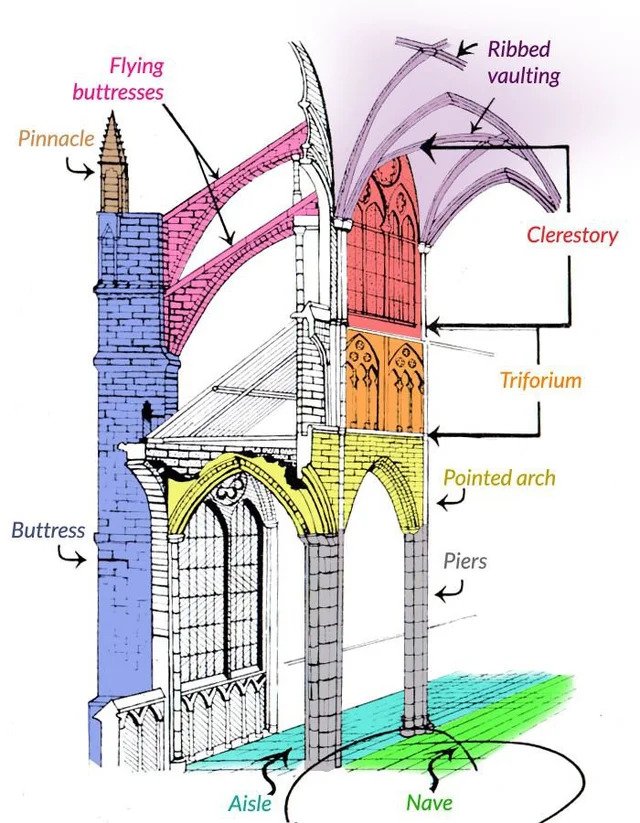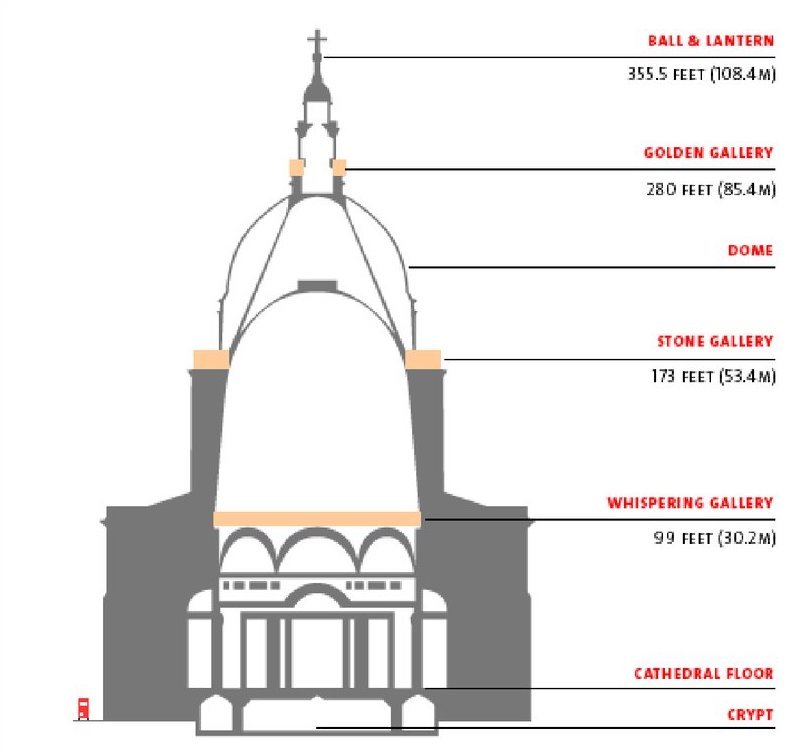LonDone
“The streets of London have their map, but our passions are uncharted. What are you going to meet if you turn this corner?”
The Roman settlement known as Londinium existed between AD 47–50. Which means, in our lifetimes, London will reach it’s 2,000th birthday. Certainly there are more ancient cities to visit than London, but, to borrow an expression from boxing, London at least falls into the Lightweight category. Being a modern, English-speaking country, London may be the most accessible of our ancient cities. As Virginia Woolf suggested above, if you have a passion for the myriad things on offer—from modern to ancient—London has so very much on offer. Once again it has left Amanda and I with wonderful memories. And now we can proudly say that we have been able to share many of those memories with our son William. We hope we are all alive in 2047 on the anniversary of the establishment of Londinium so we can look back on the lasting impressions bestowed by this great city.
St Paul’s Cathedral
From the beginning, we knew Tuesday (Jan 17) would start in our hotel room in London and end in our next flat in Canterbury. Sandwiched in the middle was everything we thought we could reasonably squeeze in.
We began by packing up all our bags and checking them into the Hilton’s baggage hold. Then we hit the Tube and exited at St Pauls station.
Before exploring the cathedral, we took a moment to reflect on family members we’ve lost, lighting candles in remembrance. (Not to take from the moment, but am I the only one who finds that the imagine of Jesus and Mary tips the scale toward creepy rather than comforting? I digress.)
It is for good reason that St Paul’s is considered Sir Christopher Wren’s masterpiece. The enormity of its scale and the grandeur of its design make it one of the most easily recognized buildings in London—its huge white dome an iconic piece of the London skyline over the River Thames.
It began as a small place of worship in 603 AD, and the original temple was dedicated to Paul the Apostle.
The current cathedral has held funeral services for Admiral Lord Nelson, the Duke of Wellington, and Florence Nightingale.
It suffered significant damage during both World Wars, held the jubilee celebrations for Queen Elizabeth II, and was the location for Prince Charles and Lady Diana Spencer’s wedding.
Unlike gothic Westminster Abbey, St. Paul's is an eclectic amalgam of gothic and neoclassical architecture. Its interior was never finished by Wren—his efforts to complete his vision thwarted by anti-Catholic mores against idolatry. Ironically, it was after Queen Victoria’s Jubilee held at the cathedral, and her comments to its lack of adornment, that the interior began to take on the colorful frescoes and Christian iconography we see today.
Today the front half of the cathedral has been adorned in spectacular fashion, whereas the back half more closely reflects its earlier origins.
Clearly the dome (below) has since been lavishly adorned with stunning iconography and reliefs. It would be difficult to capture its beauty in words, but suffice it to say it is simply awe-inspiring.
The Quire—The cathedral guide was quick to point out that where Will is standing is called the quire. Of course, the area of a church or cathedral that provides seating for the clergy and church choir is most often called the “choir,” but whatever makes you happy.
The stunning detail is everywhere! Say hello to the Reverend William.
Of course we had Will with us, so he was far more interested in scenes in the Harry Potter movies that were filmed using St Paul’s Geometric Staircase.
Known more formally as the Dean’s Staircase, this spiral staircase was designed by none other than Sir Christopher Wren and provides access to the triforium in St Paul’s Cathedral. (A triforium is an interior gallery, opening onto the tall central space of a building at an upper level. In a church, it opens onto the nave from above the side aisles—see below.)
The stairwell was featured in the films as the stairwell to the Divination classroom at Hogwarts.
In Harry Potter and the Prisoner of Azkaban, after Professor Trelawney told Hermione she “did not possess the proper spirit for the noble art of Divination,” Hermione shoved the crystal ball off the table and then stormed off down the spiral staircase with Harry and Ron following after her.
The staircase was also featured briefly in Harry Potter and the Goblet of Fire when Neville is upset following Mad-Eye Moody’s Defense Against the Dark Arts class on unforgivable curses. Mad-Eye meets Neville on the staircase and asks to have a cup of tea and said he wanted to show him something. It is seen again in the final film.
We were upset to learn the staircase was only included on guided tours. Fortunately, we asked and a guide agreed to show us the staircase!
After seeing the gorgeous nave, quire, and geometric staircase—the only thing left to do was climb over 500 steep and narrow steps to the Golden Gallery.
Up…
…and up…
Looking through the platform very near the top all the way down to the floor of the nave below (you can make out the alter on the left and congregation chairs on the right).
The stunning view from the Golden Gallery. Below the Millennium Bridge stretches out behind Will.
The Shard is clearly visible, but finding Tower Bridge (left) takes a little more effort.
Stopping on the Stone Gallery on our way back down. The two front spires of the Cathedral rise behind the railing.
If you make it to London, don’t miss St Paul’s Cathedral!
The Millennium Bridge was destroyed by the three death eaters who descended on London during the opening scenes of Harry Potter and the Order of the Phoenix. No surprise then, that this was a must-see for Will.
Mid-way across the Millennium Bridge with Tower Bridge and the Shard in the background.
On the Millennium Bridge with Shakespeare’s Globe Theater in the background.
Leaky Cauldron
Our final Harry Potter stop with Will was Leadenhall Market. The angle above shows the path Hagrid and Harry walked, coming out of the market toward where Will and I are standing.
This angle shows the (now) white door that was the secret entrance into the Leaky Cauldron (such a clever name).
Will standing at the entrance to the Leaky Cauldron (and certainly not a migraine clinic). (Some of you are probably begging for a migraine clinic after all this Harry Potter stuff!)
Waiting to take the boat from the Tower Millennium Pier near the Tower of London. London City Hall is in the background and was featured in Harry Potter and the Order of the Phoenix.
Traitor’s Gate—As the name implies, perhaps the least desirable way to make your way into the Tower of London.
Outside the Tower of London, where the spires of the White Tower dominate.
Selfie June 2015
Selfie January 2023
On the River Thames, nearing the Millennium Bridge.
St Paul’s Cathedral, the Millennium Bridge, and not a death eater in sight.
The North Transept of Westminster Abbey.
Does anyone else see a penguin? And now…
Tube—Westminster to Paddington
Hotel—Retrieve our mountain of luggage.
Tube—Elizabeth line to Heathrow Terminal 3
Shuttle—Terminal 3 to Avis
Wait an Hour—While Avis struggled to find us a car
Struggle—To figure out the damn European cars with their supposedly “universal” symbols
Remember—To drive on the left
Curse—Roundabouts can be so confusing
Drive—Just shy of 2 hours to Canterbury
Settle In—Our new home for the next 7 days
Our MG HS (a British automotive brand, originally associated with Morris Garages, thus MG). And, yes, I wimped out and got an automatic this time!
Canterbury Flat
The map below is “active,” so you can zoom in and out and pan around as you like.
Check out the video of our Canterbury flat for the next week: https://www.youtube.com/watch?v=SrEw2CsBcg4






































